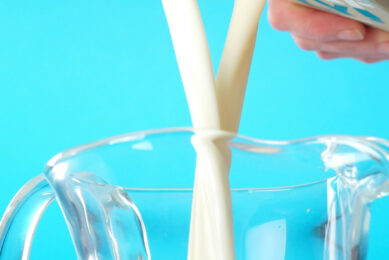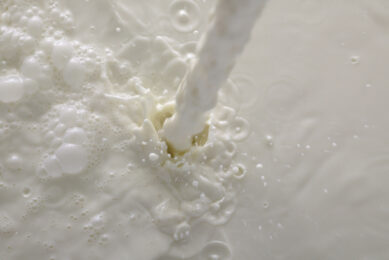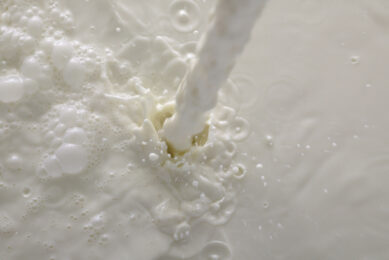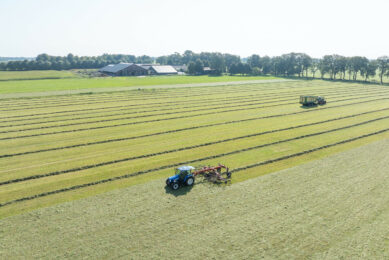Why Tasmanian farmers won a dairy award 4 times
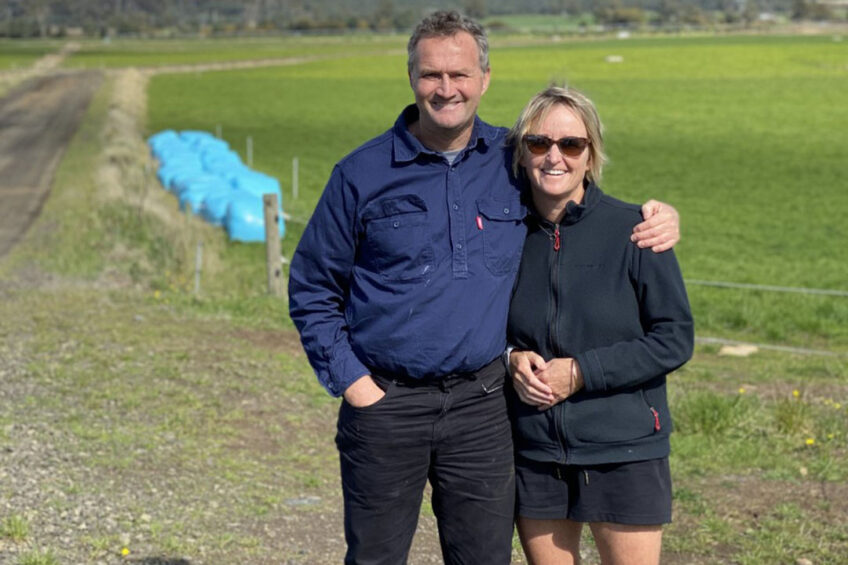
Grant and Kim Archer have won the Tasmanian Dairy Business of the Year Award for a fourth time. Each time they have won the award for a different farm. They are the most successful farmers in the history of the awards.
“It was still exciting to win this fourth time,” says Mr Archer. “It proves that our system can work in different farming areas and in different farming conditions.”
The company of Grant and Kim Archer, Active Dairies Pty Ltd, has been named the 2020 ANZ Tasmanian Dairy Business of the Year. This time they have won the award on a farm in Bracknell in the mid north of the Australian State.

The Archers purchased the property in 2013. The block they bought was 124 hectares. Since then they have added three more blocks to make one large farm of 546 hectares. “It’s a good farm, nice and flat,” explains Mr Archer. “The dairy is right in the middle of the property. So the cows do not have to walk to far. That was pretty important for us. We planned to have the dairy very central.”
Key reasons for their success this year
|
Winning farms
The couple have won the award each time based on a different farm – in 2003 on their own farm, and then again in both 2012 and 2015 while they were share farming on other properties. “The first time we won it on a farm we owned,” says Mr Archer. “The next two times we won it on a farm we were share farming on. We noticed that the work we were doing in the share farming was adding value to the properties. We were increasing the productivity of the farms. So we thought it would be nice to get back in land ownership. That’s why we decided to branch out and buy a farm again.”

Grant and Kim Archer took over their farm in the middle of the season. “We leased the cows from the owner and milked his cows for six months,” says Mr Archer. “He was only milking about 200 cows. It was quite a small herd. But the next year we built it up to 500 cows and we milked a thousand cows the following year. Now we have 1,300 cows. Next year we are looking to go to 1,400.”
The Archers are still improving the farm. “We’ve got a third centre pivot going in at the moment,” Mr Archer points out. “Our irrigated area is going to increase to 30% of the farm. Currently it is only 20%. That will give us the scope to put some more cows on it.”
High pasture consumption advantage
The Australian couple focuses on high pasture consumption. “That is our comparative advantage in Tasmania,” Mr Archer emphasises. “We can graze the cows 12 months of the year on pasture. And we can grow pasture most of the year as well. We try to grow as much pasture as we can. And we try to utilise that pasture directly for the cows. So they will be grazing it, rather than having to do too much cutting and harvesting. If we can graze as much as we can directly, it will give us the cheapest use of the pasture.”
Best year ever
Mr Archer explains that the dairy aims for a medium milk production per cow. “If you go for really high milk production per cow, you can actually waste pasture. You don’t graze down hard enough. We are very focused on getting good grazing residuals, which means we have good quality feed annex grazing. This year is going to be the best year we have ever had. We are going to do 470 kilogrammes of milk solid per cow.”

The Archers won their award last season with 430 kilogrammes of milk solid per cow. “So we have lifted it quite a bit this year,” Mr Archer says. “And we have fed a little bit more grain this year because of the better milk price. Last year we did not feed that much because milk prices were lower and grain prices were pretty high. You just have to work out the economics of the feed.”
Mr Archer explains that he prefers not to cut silage, “But last year we had a lot of silage,” he says. “Sometimes you need to cut silage to maintain your pasture quality. If you have a really good season it grows as a surplus to what the cows need and you’ve got to keep cutting it.”
High value on staff
Grant and Kim Archer still own their first farm and work on multiple farms. Their philosophy is to keep it simple, have a system that suits the farm and cows that suit the system, and to grow and use as much pasture as possible. “We’re basically growing silage and grass. We don’t go into complex feed. Cows get the same amount of feed. If cows don’t perform, they leave the system. We calve in spring and have a separate team for our calving.”
The Archers place a high value on their staff. They ensure the team is content by matching their skills and work requirements to the work on the farm. “We have three operations so obviously staff are very important,” says Mr Archer. “We pay above wages and provide good working conditions. We upgraded our tractor a few years ago and I went for a more comfortable tractor. It cost us AUS$ 20,000 more, but we are happy to spend more money if it is going to make things better and easier for them.”
Join 13,000+ subscribers
Subscribe to our newsletter to stay updated about all the need-to-know content in the dairy sector, two times a week.



